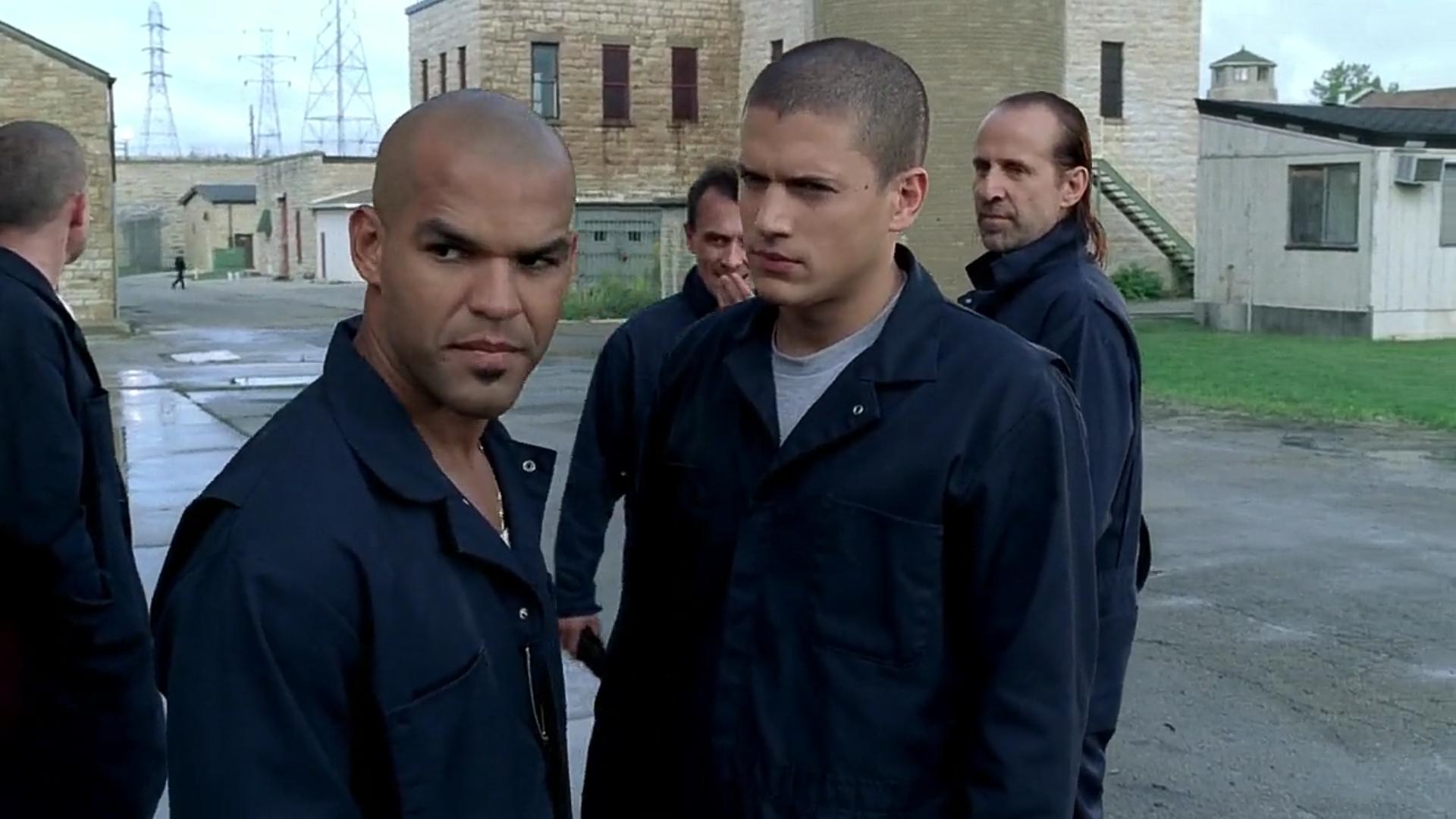Did Luganda VJs really do justice to the Prison Break film series?

Wentworth Miller and Amaury Nolasco in Prison Break (2005).
What you need to know:
- There was no DStv Stream, Showmax, or even Netflix to stream things; it was either on TV or nowhere, but this was about to change
Initially, this writing was supposed to talk about the Prison Break series coming back to the shelf. After spending a big part of the weekend rewatching the first episode of the series, I couldn’t help but wonder if what I was watching was exactly the same thing.
When Prison Break premiered in 2005, DStv was more of a luxury, but the service had been availed of for the middle-class Ugandan. At least, with different bouquet packages, you could watch a number of interesting shows.
At the time, because of my sisters, I had watched Desperate Housewives, Melrose Place, and a number of telenovelas, such as Woman of My Life, among all those things available.
Prison Break wasn’t an immediate hit, at least in Uganda.
In fact, even when Prison Break premiered on M-net, there was repeat screening on their other channels, such as M-net Series, which was available on lower bouquets. That is how I got introduced to the phenomenon during one of those school holidays.
But I only watched two episodes, and I was hooked.
When we returned from school, it seemed the show was in a break and had become famous. Now, something about 2006 is that when you missed your favourite show twice, that was it.
There was no DStv Stream, Showmax, or even Netflix to stream things; it was either on TV or nowhere, but this was about to change.
Prison Break follows two brothers, Michael Scofield and Lincoln Barrows; when Barrows is framed for murder, his younger brother Scofield is determined to get him out of prison before his possible execution.
Prison Break became a hit when Ugandans had just transitioned from VHS tapes to DVDs. This contrasted the early 2000s, when DVD players were pricey and libraries existed in malls uptown Kampala.
In 2006, many TV series from the US had started flocking the market and were printed on CDs. Each CD had an episode- they literally made CDs every week. Addicts would buy a CD weekly.
That was not all; these episodes, unlike those on DStv, were interpreted or dubbed to Luganda. In the future, pirates would start printing Prison Break without Luganda dubs, but at the time the dubbed series were popular.
Every character had a different name from the ones I had seen in the first two episodes; either they were different or the person doing the Luganda interpretation just said them wrong; some had Luganda and Kinyankole names.
Then, he did more than interpretation. sometimes he did commentary where he related a situation in a scene with what was happening in Uganda. From VJs Jingo
to Mark, these people helped many to understand the series but also sent greetings to many in the process. Occasionally Scofield could be saying some sensitive things to Sucree while the VJ would be busy sending greetings to locals.
The episodes were chaotic with those Luganda VJs, if they were not getting many things wrong and out of context.
Last week, when Prison Break got a second life on the shelf when it landed on Netflix, the world went into a frenzy. The show was watched by more than one billion people across the globe, and I was one of them.
Watching the first episodes and later sliding into those I had seen with a VJ’s voice over, I could not help but notice how much the VJ took away from the mood and the detail. Did they even understand the story? For example, at the time, they claimed Scofield had designed Fox River; when you watch carefully today, it turns out he worked at the firm that designed the prison and thus had access to the design.
It seems many things were thrown around by the VJs, some of which were key to the plot. But, did we care at the time? We did not even notice.




